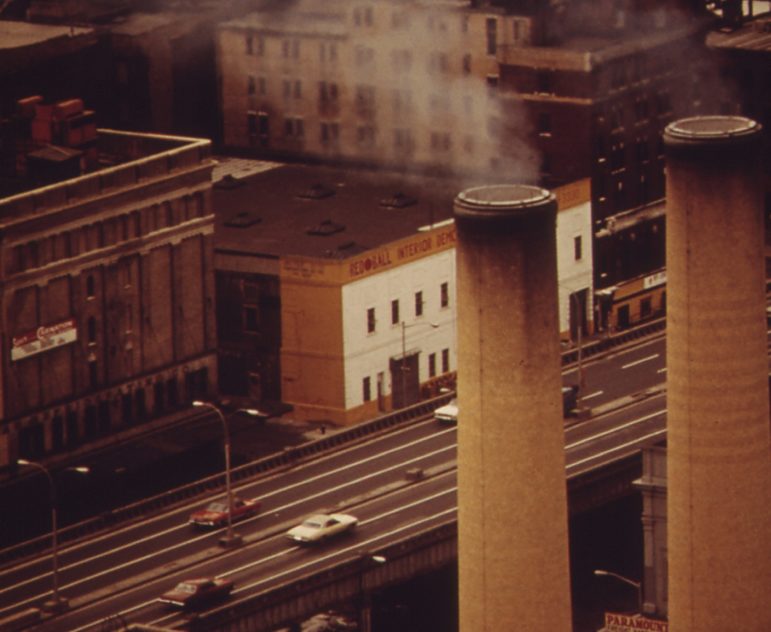
NARA
Brooklyn 1973: Power plant smokestacks, the BQE and the neighborhood around it.
A cascade of crises is forcing America to confront the racism of its past and present—from overt acts of hate to subtler injustices that shape our society. Over 16 weeks, City Limits and Enterprise Community Partners will feature prominent New Yorkers’ views on how race and housing policy intersect to create a legacy each of us must confront, and the way forward we should take together. These are not necessarily views we endorse. But they are views we fully believe are important to share with each other. Here is the 12th post in our series. Read the rest here.
* * *
Over the years, a host of studies have documented the impacts of segregation that has created significant disparate impacts in housing, environmental quality and protection, health, municipal services, and education. Nationally these impacts fall primarily on Blacks, Latinos, Asians and Native Americans, and secondarily on low-income communities. It is undeniable that segregation has fueled environmental racism that has scarred this country and this city.
Housing segregation creates the potential for riskscapes, sacrifice zones, throwaway communities. Race, class and income are key determinants of health status, and where one lives affects his/her ability to live in a healthy and safe home. Often people of color are used as a proxy for low-income; however, studies such as Toxic Waste and Race published by the United Church of Christ’s Commission For Racial Justice in 1984, document that even middle-to-upper income people of color communities suffer a disproportionate burden of pollution. The primary predictor of where a toxic waste site is located in this country is whether the location is in a community of color.
These dynamics have given rise to the national Environmental Justice movement whose ideology is based on a civil rights analysis of environmental decision making. This environmental, economic and social justice uprising has redefined environment to embrace all the habitats where we live, work, play and go to school. It presents a justice and equity perspective to environmental protection and health, climate change, and community-based planning that empowers residents to build healthy communities and engage in development initiatives that can determine the viability of our neighborhoods.
Here in New York City, residents of Harlem, the South Bronx, Greenpoint /Williamsburg, and communities of color in Brooklyn and Staten Island, have been living in these Sacrifice Zones. These communities have been designated as dumping grounds for the benefit of other communities, receptacles for the toxic byproducts that make our lifestyles, our consumerism, and industrial advancement possible without burdening more elite neighborhoods.
The causes of environmental injustice and the resulting health disparities in communities of color reflect a complex legacy: one of housing segregation, discrimination in land use and zoning policy, and the disparate enforcement of environmental laws that remains a hurdle to equal environmental protection.
There is a new public health recognition that your ZIP code can determine your health status. A recent study, Separate and Unequal: Residential Segregation and Estimated Cancer Risks Associated with Ambient Air Toxics in U.S. Metropolitan Areas, by Rachel Morello-Frosch and Bill M. Jesdale examines links between residential segregation and estimated ambient air toxics exposures and
associated cancer risks. The study found that estimated cancer risks associated with ambient air toxics were highest in tracts located in metropolitan areas that were highly segregated, and that residential segregation is associated with elevated risks of adult and infant mortality. Results of this research generally show that neighborhood-level factors affect individual health by influencing access to quality foods, especially fresh fruits and vegetables and affordable supermarkets, and access to crucial services, such as health care, parks, and open space.
National reports and academic research continue to affirm that housing conditions are among the greatest determinants of environmental health. The list of preventable health consequences associated with poor housing conditions is lengthy. Yet we still face challenges in securing public policies and practices that prevent exposure to indoor pollutants contributing to health disparities in low-income housing. Structural deficiencies in building envelopes invite pest allergens that exacerbate asthma. Indoor chemical hazards (pesticides, household products) and the extreme cold, heat, and moisture conditions lead to mold, and compromised immune systems.
Fifteen percent of New York Cuty households report three or more maintenance deficiencies (broken heating equipment, supplemental heat, rodents, cracks/holes in walls/ceilings/floors, broken plaster/peeling paint larger than 8½ x 11 inches, toilet breakdowns or outside water leaks). One in six children under age 13 is diagnosed with asthma, rates of which are twice as high in the South Bronx (7.5 percent), North/Central Brooklyn (8.7 percent) and East/Central Harlem (7.3 percent)—the three neighborhoods with the highest poverty, morbidity and mortality rates in the city— than in all other NYC neighborhoods; on average, 27.9 percent of homes report three or more maintenance deficiencies.
With almost 60 percent of residents in northern Manhattan living well below the poverty line, accessibility to safe, affordable housing is a necessity. In order for low- and moderate-income New Yorkers to gain access to healthier housing conditions, specific policy changes are needed to ensure that the City attains to higher, uniform standards for healthy affordable housing—which WE ACT defines as places where low- and moderate-income New Yorkers are able to live free from health and safety hazards (lead, indoor allergens, radon, carbon monoxide) in the built environment and that support physical, mental, social and environmental well-being.
According to the City Council, approximately one million New Yorkers (including 177,000 children) are diagnosed with asthma. In some low-income neighborhoods of New York City, the childhood asthma rate is 1 in 4. The average person spends 90 percent of their time indoors so it is no surprise that indoor health hazards contribute to the high asthma prevalence in New York City. Indoor levels of pollutants may be two to five times higher than outdoor pollutant levels.
In addition, the Coalition To End Lead Poisoning, which achieved the Local Lead Law of 2004, has monitored the implementation of the law and found that the city has failed to ensure that landlords are abating apartments and notifying tenants with children under the age of six. Over 90 percent of all new cases of childhood lead poisoning involve children of color. The lead belt and the asthma belt are one in the same: The commonality is poorly maintained housing in high-poverty, segregated neighborhoods.
As one of the leaders of the Coalition For Asthma-Free Homes, we have worked with our allies to draft and get passed the Asthma-Free Homes bill, Intro 385A
which among other things would:
- Prioritize prevention measures in homes of susceptible persons –those with diagnosed asthma, COPD or lung cancer
- Require landlords to inspect for Indoor Allergen Hazards abd correct them and their causes using approved methods
- Require HPD to inspect for Indoor Allergen Hazards and their causes and issue appropriate violations
- Require HPD – in homes of susceptible persons—to correct violations where landlords fail to do so promptly
The bill sponsor is Rosie Mendez, and she is joined by 35 co-sponsors. Speaker Melissa Mark-Viverito and the rest of the Council must step up to the plate to ensure that New Yorkers—especially those most vulnerable to indoor air pollutants and asthma aggravating allergens—are able to have affordable and healthy homes. The best way to make that happen is to pass lntro 385.
Environmental Justice is about developing a strong member base and engaging residents to hold government and polluters accountable. We recognize the legacy of segregation and systemic racism, and we must empower each other to end it.
To effectively remedy the health disparities borne by people of color and low- income communities, residents must play a leadership role in holding government accountable for its ability to impact these conditions through regulation, enforcement, monitoring, and appropriations.
Peggy M. Shepard is the executive director and co-founder of West Harlem Environmental Action aka WE ACT For Environmental Justice.
-30-


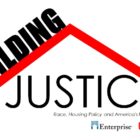
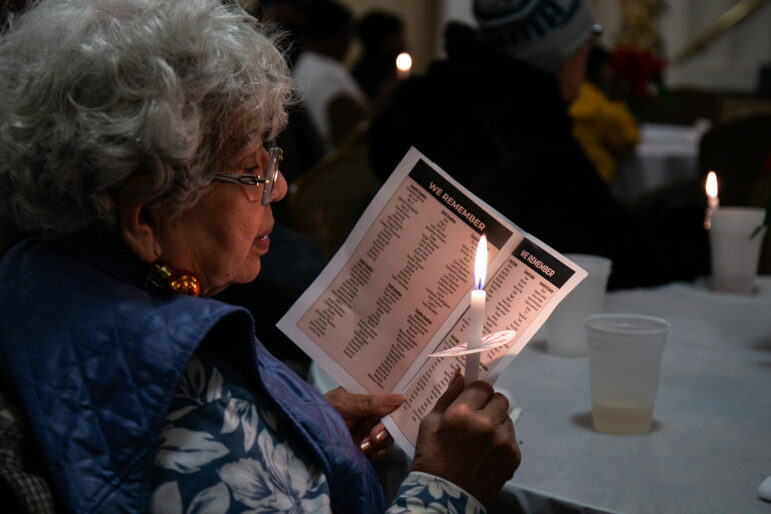
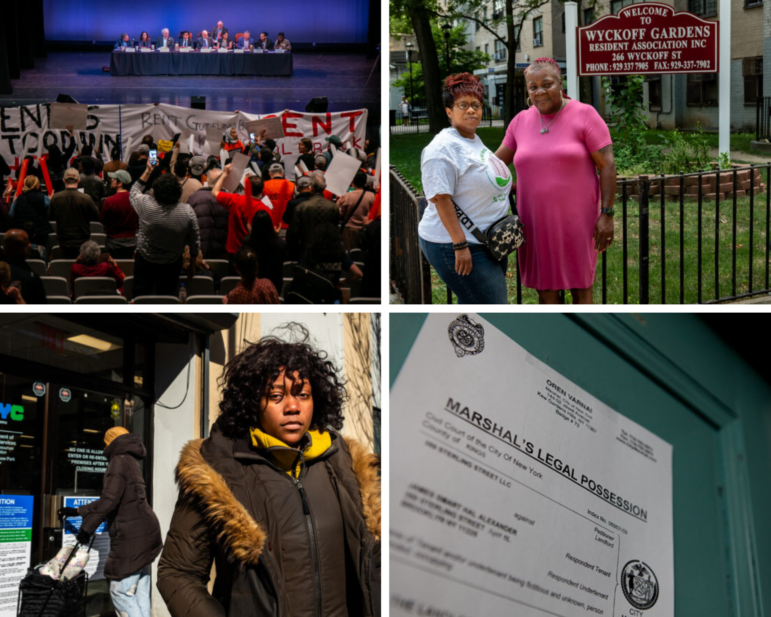
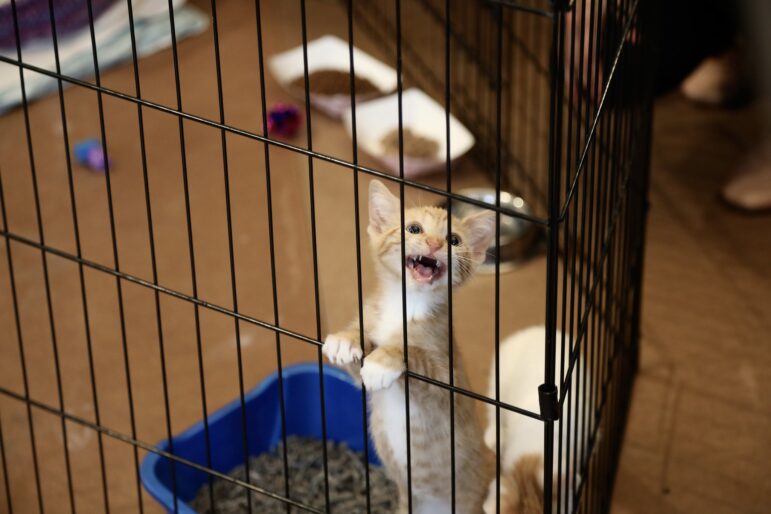

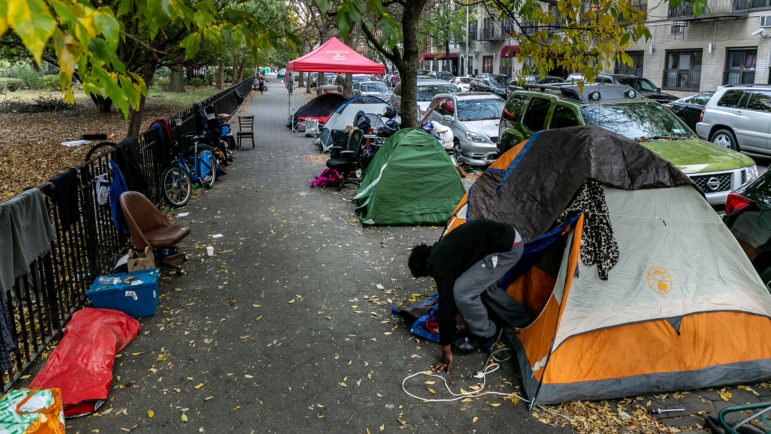


4 thoughts on “Building Justice: NYC’s Sacrifice Zones and the Environmental Legacy of Racial Injustice”
A lot of these facilities like dumps, waste transfer stations, factories and power plants have been in waterfront neighborhoods for close to 100 years. Those neighborhoods were at one time Italian and Irish, now they are heavily black and Hispanic. More about geography than race.
Pingback: Community Developments: Race + Health, Homeowners Insurance, Rent Forecast – Right Now Help Services
Please, let us remember that everything is good: over-sized trucks are not allowed to spew particulate matter into our air unless they get a permit, available under very limited circumstances. Auto-repair places must install spray booths so the paint fumes don’t poison the neighborhood; Industrial – including Open-Air – use is subject to many performance standards… and on, and on, and on. Hey, there are laws – why are we complaining? ENFORCEMENT IS NONEXISTENT.
nativenewyorker: Those same communities were low-income when inhabited by Irish and Italians who were not considered white when they came to the city. AND they were low-income, which is also cited as an indicator of environmental justice vulnerability.